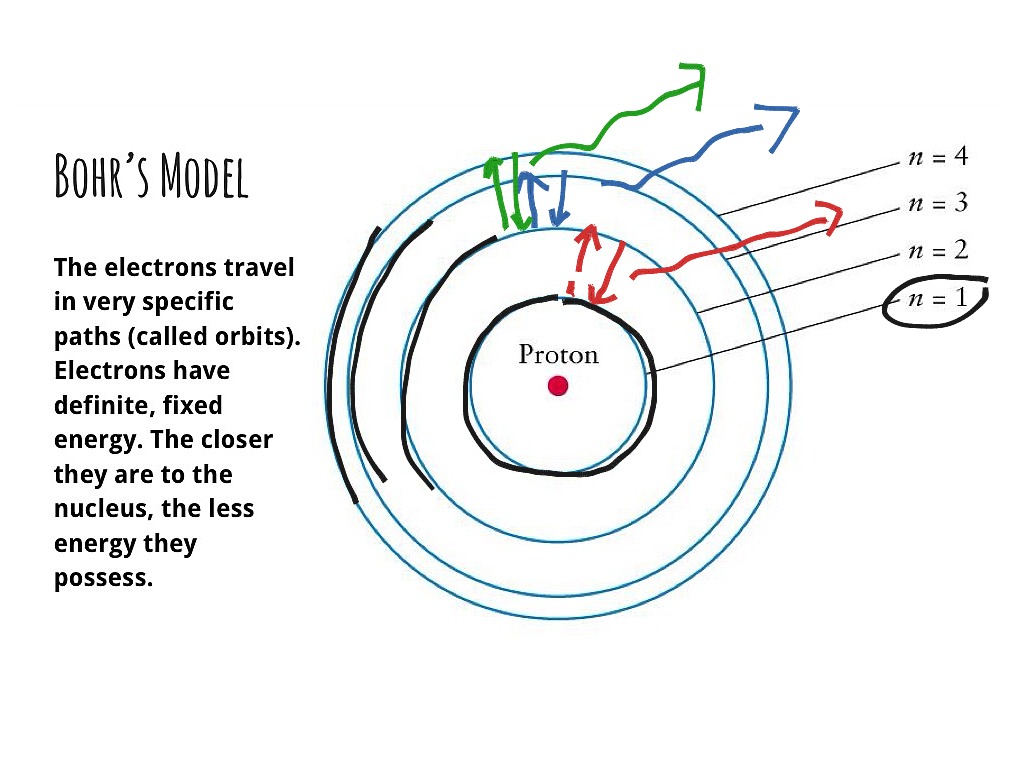

The configuration notation provides an easy way for scientists to write and communicate how electrons are arranged around the nucleus of an atom. This give us the (correct) configuration of:įor the Cu+ ion we remove one electron from 4s1 leaving us with:įor the Cu2+ ion we remove a total of two electrons (one from the 4s1 and one form the 3d10) leaving us with Therefore, one of the 4s2 electrons jumps to the 3d9. Half-filled and fully filled subshell have got extra stability.

Therefore we have (still incorrect) 1s 22s 22p 63s 23p 63d 94s 2Ĭorrect Electron Configuration for Copper (Cu) Both of the configurations have the correct numbers of electrons in each orbital, it is just a matter of how the electronic configuration notation is written ( here is an explanation why). Note that when writing the electron configuration for an atom like Cu, the 3d is usually written before the 4s. Therefore the expected electron configuration for Copper will be 1s 22s 22p 63s 23p 64s 23d 9.
Carbon bohr model atom full#
After the 4s is full we put the remaining six electrons in the 3d orbital and end with 3d9. We now shift to the 4s orbital where we place the remaining two electrons.

Model Questions, etc., please get in touch with us. Since the 3s if now full we'll move to the 3p where we'll place the next six electrons. Concepts covered in Carbon & Its Compounds are Allotropy and Allotropes of Carbon, Carbon. We'll put six in the 2p orbital and then put the next two electrons in the 3s. The p orbital can hold up to six electrons. The next six electrons will go in the 2p orbital. Since 1s can only hold two electrons the next 2 electrons for Copper go in the 2s orbital. In writing the electron configuration for Copper the first two electrons will go in the 1s orbital. Video: Cu, Cu +, and Cu 2+ Electron Configuration Notation


 0 kommentar(er)
0 kommentar(er)
